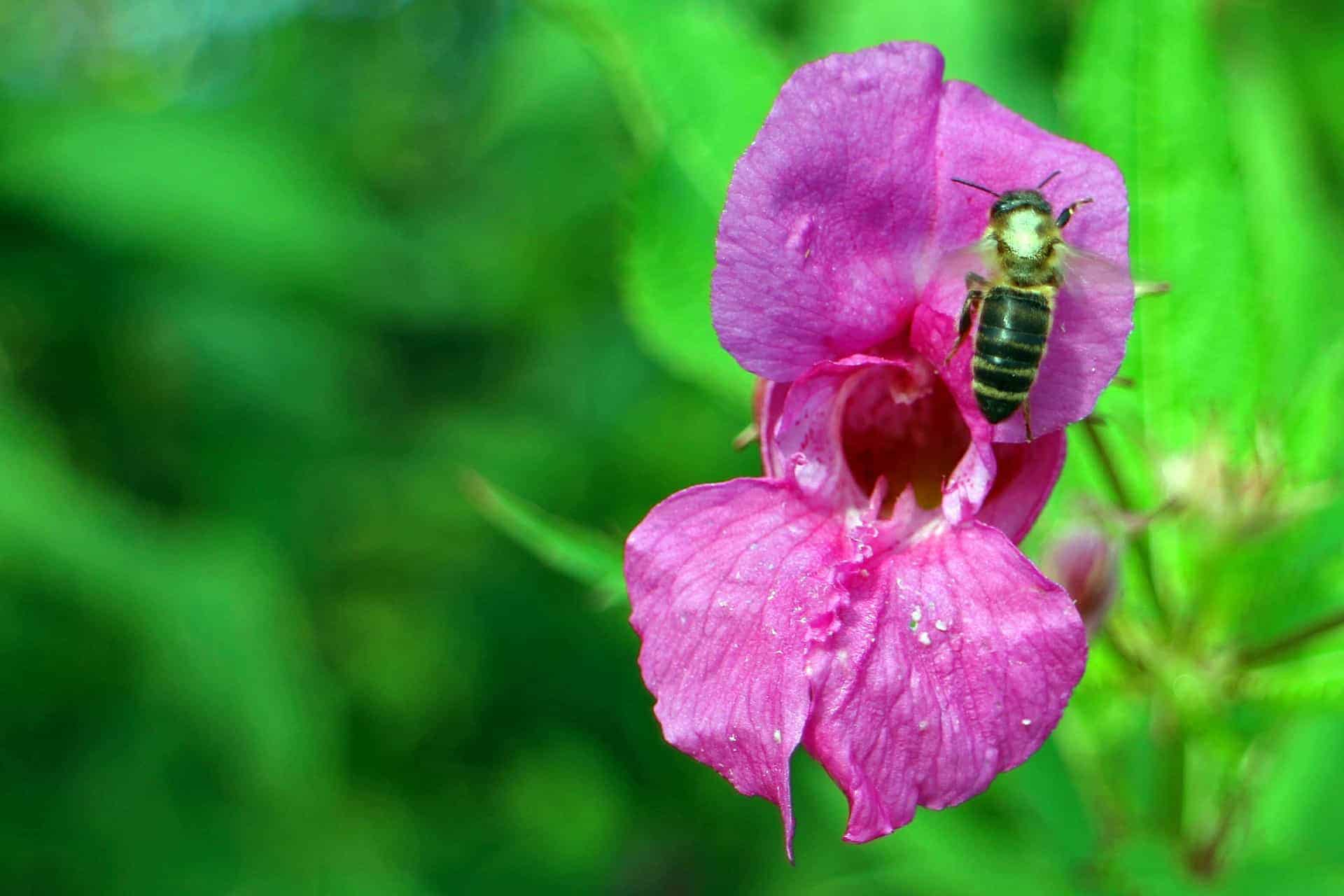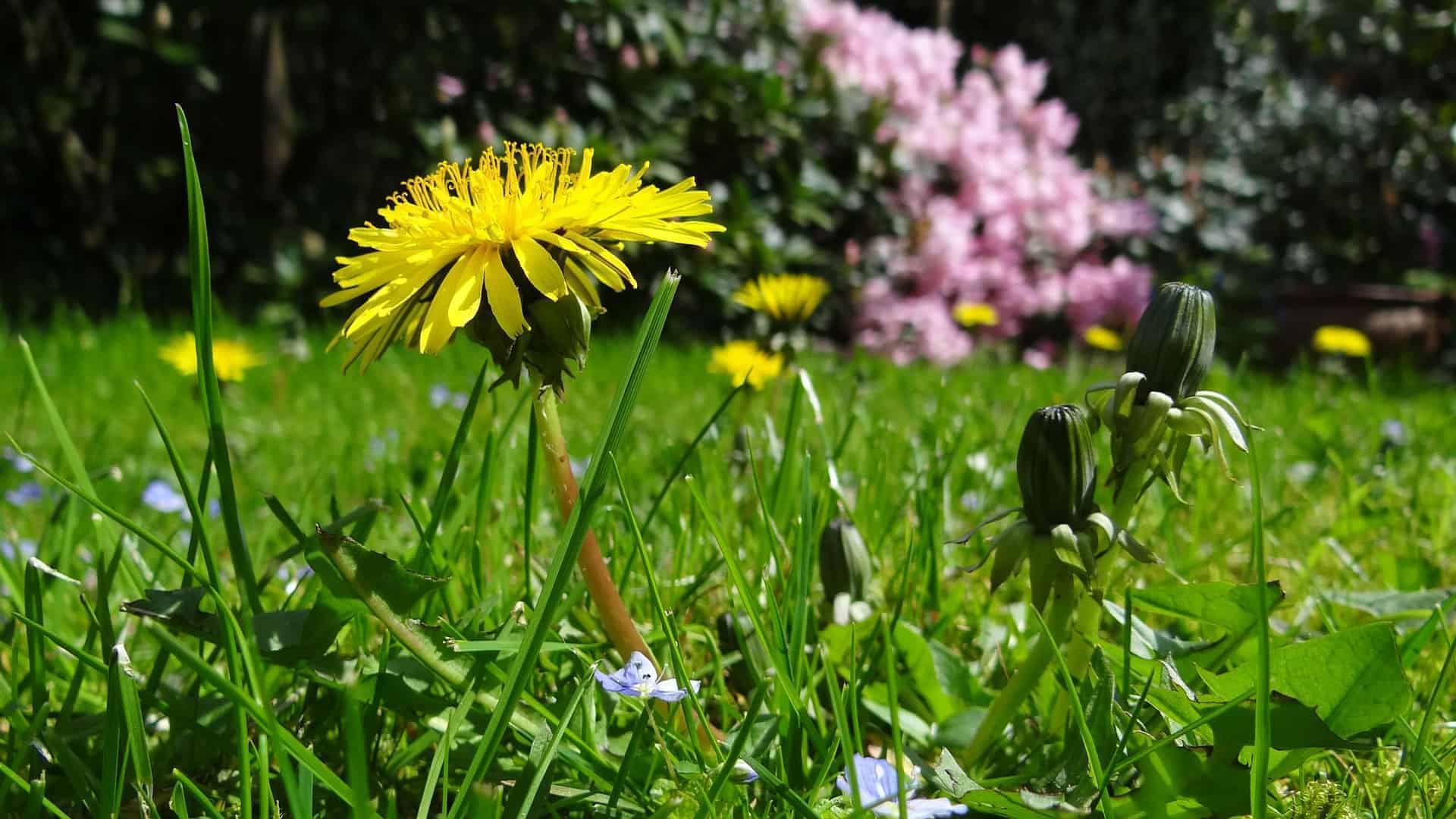Tackling invasive plants and common weeds
Himalayan Balsam is a beautiful flower, but its seeds launch six meters and quickly overtakes other plants.
“Invasive plants don’t grow naturally here, they’re brought in intentionally or unintentionally,” said Daniel Laubhann, environmental technician with the city. “In a natural environment, other factors keep the plants in check.”
Edmonton has 33 of the 75 species listed in the Alberta Weed Control Act, but luckily the city has developed the Alberta Weed Spotter app.
“[The app] will help you identify a species in your yard or on one of the trail systems,” said Laubhann. You can also report the location. “It will trigger a response from our side right away if it’s on public land.”
The city removes invasive plants on public land, but homeowners must remove plants on their property.
The app has suggestions for controlling invasive plants and the city website has links to fact sheets. However, Edmonton has a unique situation.
“All of our landfills are closed,” said Laubhann. Because our garbage is composted through Edmonton’s waste management system, proper disposal of invasive plants is important.

Avoid buying invasive plants or remove them before they seed so they can go in the garbage. If plants flower or seed, carefully cut them down and don’t put them in the garbage. Try not to spread the seeds and let the plants decompose on site. Some plants spread through roots, so remove the roots and shake off the soil.
Depending on the plant, the city sometimes uses chemicals. “Don’t use any diesel mixes or any nasty stuff,” he said. Instead, use registered herbicides. “If a species is long lived, we would suggest herbicide use.”
If you’re simply dealing with weeds, it may be worth taking another approach.
Mark Stumpf-Allen, the city’s waste reduction specialist, said weeds can help build your soil. Consider dandelions.
“Dandelions have a deep tap root, great for breaking up compaction in the subsoil and bringing minerals (calcium and potassium) to the top soil. They put down a large rosette of leaves, which is living mulch.”
He explained weeds tell you about your soil. For example, clover means your soil lacks nitrogen. Composting it adds nitrogen to your soil.
That’s not to say weeds should flourish. Stumpf-Allen grows weeds alongside other plants in his garden but pulls them when they begin to crowd out other plants. If it’s a noxious weed, homeowners are required by law to remove them.
He advises against mowing weeds. “Mowing dandelions close to the root allows it just to photosynthesize, encouraging it to grow,” he explained. “If you want to prevent dandelions on your lawn, let the grass grow longer, then cut it. Leaving the grass clippings on the lawn will create a barrier between the dandelion seeds and the soil.”
Stumpf-Allen explained soil health affects a garden or lawn.
“Good soil will resist most problems that come our way. If your plants are struggling, slow and weak coming in, then the soil needs the weeds to build the soil. If the plants are thriving, then your soil is fine,” he said. “Weeds are a gift; we just need to know what the soil is telling us.”
Header Image: Dandelions can help build soil. Credit: Pixabay
Gardening with non-invasives (free info session)
July 14, 7-8 p.m.
Alberta Avenue Community Centre
9210 – 118 Ave
Edmonton.ca/weeds
www.abinvasives.ca







